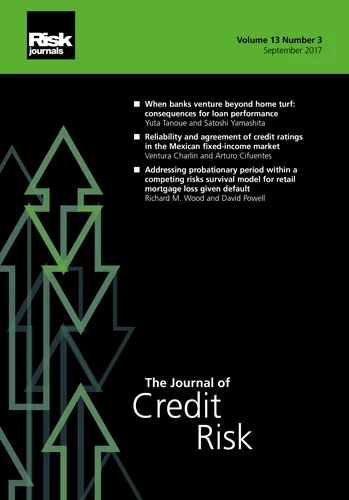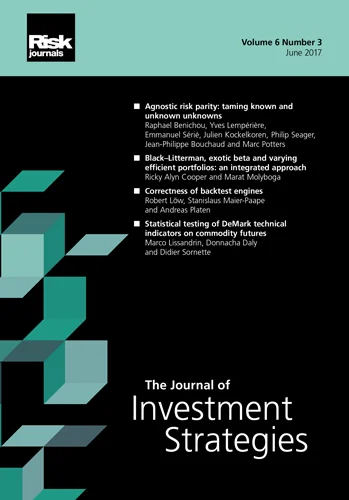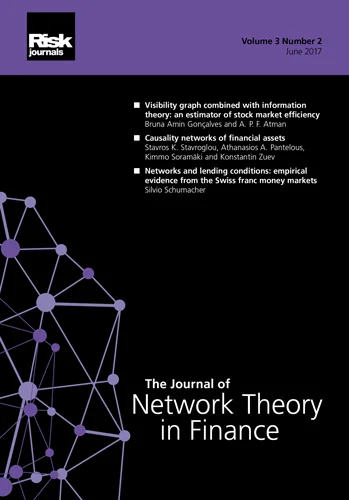Journal of Credit Risk
ISSN:
1755-9723 (online)
Editor-in-chief: Linda Allen and Jens Hilscher

Abstract
Machine learning algorithms have come to dominate several industries. After decades of resistance from examiners and auditors, machine learning is now moving from the research desk to the application stack for credit scoring and a range of other applications in credit risk. This migration is not without novel risks and challenges. Much of the research is now shifting from how best to make the models to how best to use the models in a regulator-compliant business context. This paper surveys the impressively broad range of machine learning methods and application areas for credit risk. In the process of that survey, we create a taxonomy to think about how different machine learning components are matched to create specific algorithms. The reasons for where machine learning succeeds over simple linear methods are explored through a specific lending example. Throughout, we highlight open questions, ideas for improvements and a framework for thinking about how to choose the best machine learning method for a specific problem.
Copyright Infopro Digital Limited. All rights reserved.
As outlined in our terms and conditions, https://www.infopro-digital.com/terms-and-conditions/subscriptions/ (point 2.4), printing is limited to a single copy.
If you would like to purchase additional rights please email info@risk.net
Copyright Infopro Digital Limited. All rights reserved.
You may share this content using our article tools. As outlined in our terms and conditions, https://www.infopro-digital.com/terms-and-conditions/subscriptions/ (clause 2.4), an Authorised User may only make one copy of the materials for their own personal use. You must also comply with the restrictions in clause 2.5.
If you would like to purchase additional rights please email info@risk.net








